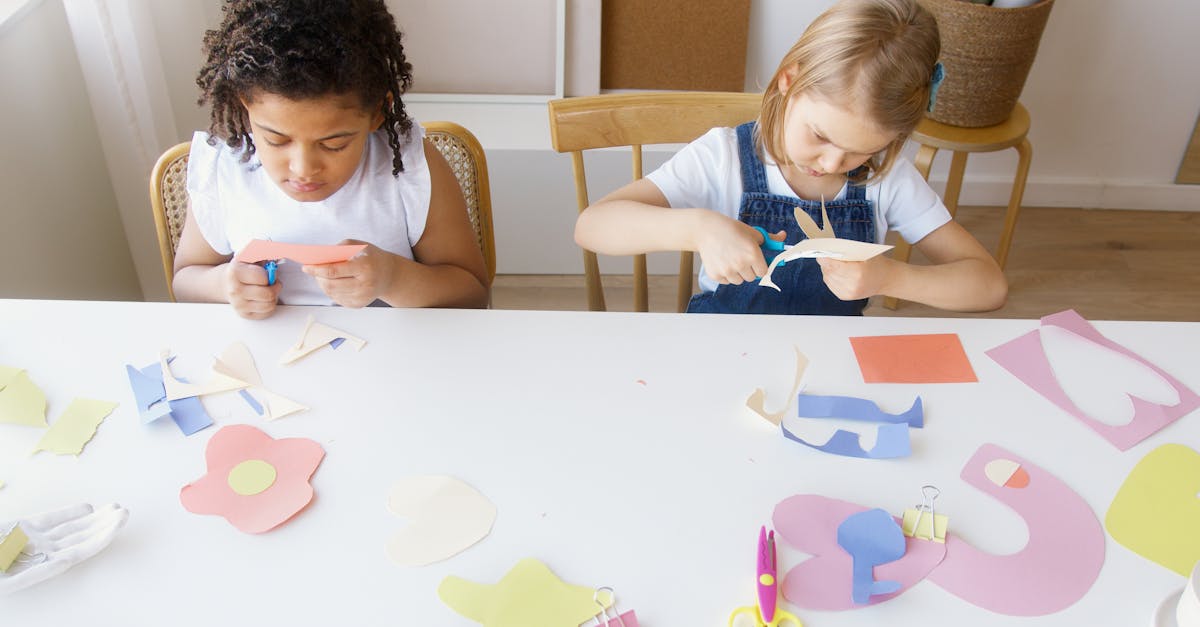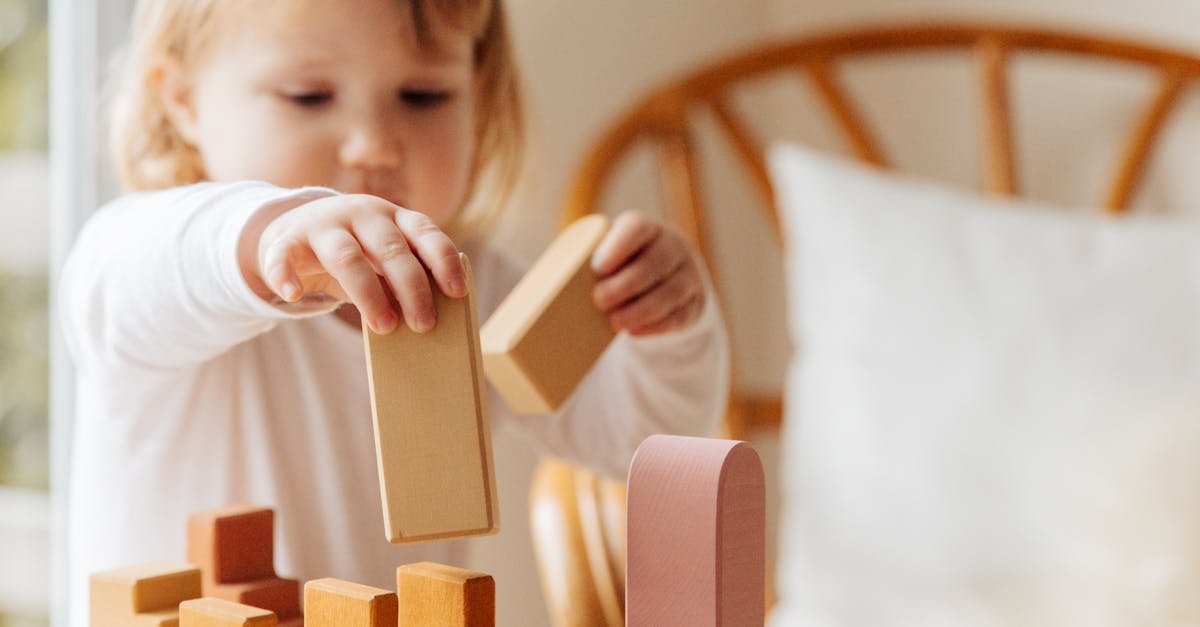Why Emotional Intelligence Matters in Kids
Emotional intelligence (EI) is crucial for kids as it helps them navigate social interactions and manage their emotions. Building EI can start early, and toys play a big role in this journey. Toys designed for EI promote empathy, self-awareness, and emotional regulation. For example, stress balls can teach deep breathing, while emotion cards help label and understand feelings. Encouraging your child’s EI isn’t just smart – it’s essential for their future happiness.

Key Points:
- Emotional intelligence is essential for kids’ social interactions and emotional management.
- Toys designed for EI promote empathy, self-awareness, and emotional regulation.
- Encouraging EI development in kids is crucial for their future happiness.
Classic Games Reimagined
Classic games are getting a makeover, making them more appealing and educational. Think of UNO, but with a twist to teach conflict resolution. Or a reinvented Monopoly that chips in lessons about finances and charity. These revamped games keep the fun alive but add layers of value, turning playtime into a learning experience. Plus, familiar games can comfort kids and make emotional learning less intimidating. So, don’t toss your old games; they might just need a smart update!

By infusing traditional games with fresh educational elements, game developers are giving players a chance to learn while having fun. This new approach resonates well with both children and parents, as it combines entertainment with valuable life skills.
Tech-Savvy Toys for Modern Times
With technology advancing, toys are world-changing too. Interactive robots now help build social skills, while apps and virtual reality games work on emotional regulation. Take Cozmo, an AI robot that recognizes emotions and responds with facial expressions. Or VR games that put your kid in challenging scenarios where they must navigate feelings. These toys seem futuristic but are here to stay, offering an immersive way to develop soul-deep skills. However, remember to balance tech toys with unplugged activities for overall mental health.

Conclusion: Embrace the technological evolution in the toy industry, but ensure a healthy balance with non-tech activities for your child’s well-being.
DIY Toys: Fun and Growth Combined
DIY toys combine creativity with emotional growth without breaking the bank. Making hand puppets or slime fosters creativity while teaching patience and focus. You can also create emotion jars – fill them with colored beads representing different feelings, offering a tactile way to discuss emotions. Involving your kids in making their toys not only saves money but also provides shared memories and opportunities for emotional lessons. It’s a win-win situation for emotional intelligence and family bonding.

Board Games for Family Bonding
Board games are the unsung heroes of emotional intelligence development. Games like The Game of Life, which simulate real-life scenarios, can teach kids about consequences and empathy. Cooperative board games, where everyone wins or loses together, help build teamwork and conflict resolution skills. For example, Pandemic requires players to collaborate to solve global issues, reflecting real-world emotional challenges. Playing these games as a family strengthens bonds while making emotional learning enjoyable.

Role-Playing Games: Imagination and Empathy
Role-playing games (RPGs) are gold mines for emotional intelligence. They allow kids to step into someone else’s shoes, fostering empathy and creativity.
Games like Dungeons & Dragons build problem-solving skills and teamwork. Through storytelling and roles, kids learn to navigate complex emotions and scenarios. These games are not just about fantasy – they unveil lessons about real-life relationships and emotional navigation. Plus, they’re a hoot! You might find yourself enjoying these games just as much as your children do.

How to Choose the Right Toys
Choosing the right toys for emotional intelligence can be overwhelming, but it doesn’t have to be. Look for toys that encourage emotional expression, such as emotion dolls or feeling wheels. Balance high-tech and low-tech options to cater to different learning preferences. Always consider your child’s age and emotional needs. Read reviews, ask for recommendations, and even try playing with the toys yourself. Ultimately, the best toys are those that align with your child’s interests and emotional development milestones.

